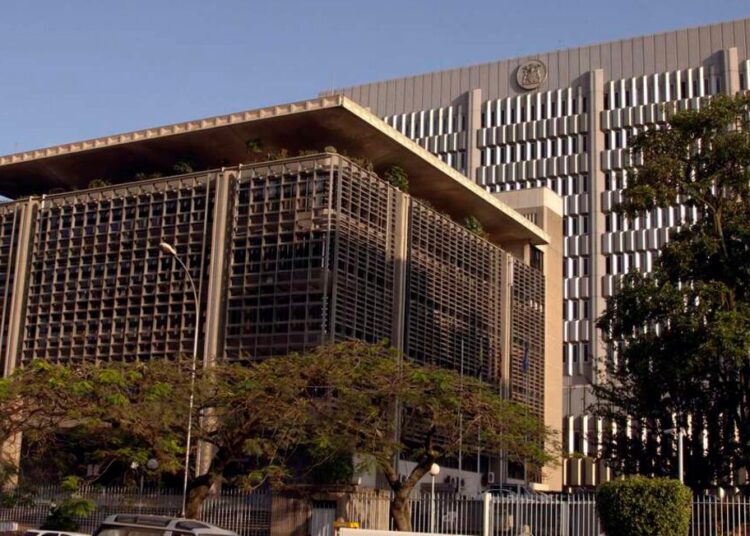As debt crisis hits more, Uganda is considering changes to future borrowing to manage debt and reduce the burden of repayments.
According to The East African, Maris Wanyera, director for cash and debt policy at the Ministry of Finance, says one way will be to re-examine ratios of interest payments to tax revenues, as well as interest payments against export earnings, in addition to the debt-to-economic growth balances.
“Future borrowing will be biased towards concessional loans and the domestic debt market for purposes of budget support, but we shall not acquire commercial loans for project implementation,” Ms Wanyera said.
Uganda’s debt-to-gross domestic product (GDP) ratio, usually measured as the level of indebtedness based on national wealth, rose to 54 percent in June from 49.1 percent by end of May based on cumulative debt statistics captured between July 2021 and June 2022.
Economic rebasing
It means Uganda owes Ush73.5 trillion ($19.2 billion), with external debt valued in excess of Ush40 trillion ($10.5 billion), recent government data shows.
Member states of the East African Community bloc are required to maintain a maximum debt to GDP ratio of 50 percent in line with monetary union convergence targets approved in 2013.











